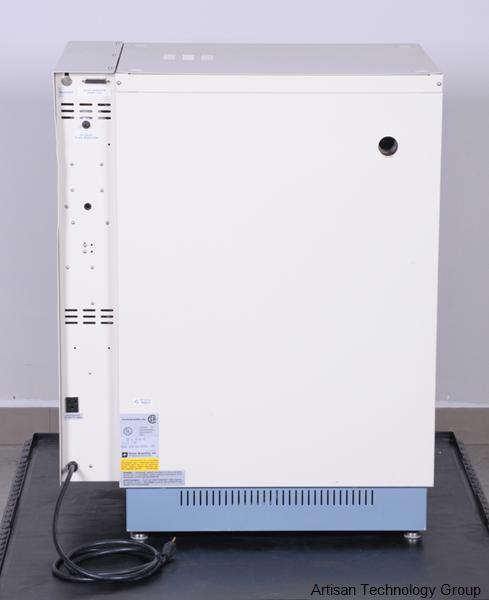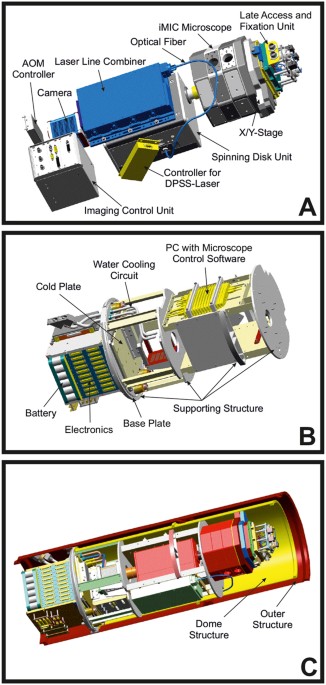

Though the control button is in our individual hand but we, like our monkey ancestors, perform and practice under the conditions that we are born in and then how we are encouraged, empowered, trained, and allowed to practice our brain, limits our individual freedom and choices that can harm or benefit the civil society. We are all born with certain limited potential and capabilities. How have you best encouraged new learning for your patients or yourself? Please leave a comment below.

It seems that the more we discover about the brain and how it works, the more we realize how much is yet to be discovered.Īnd in our Practical Brain Science series, we’re talking about ways that brain science can inform our interventions with patients – click here to sign up.

However, the implications from this study highlight the importance of keeping up-to-date on the latest brain science research. This is the first study of its kind, so much more follow-up will be needed. Parts of the cortex are the last brain regions to develop in humans, which may also explain why children can more easily learn new things compared to adults. These results seem to suggest that people who “overthink” or overly rely on the cognitive parts of their brain could be at a disadvantage when learning something that doesn’t explicitly require these neural regions. These are areas of the brain associated with cognitive function, but which weren’t required for the task being learned. The participants who learned fastest were the ones who were able to shut off the frontal cortex and the anterior cingulate cortex. those who were learning slower.Īt first glance, what they found seems counterintuitive. They then compared the neural activity of participants who were learning the game quicker vs. Researchers monitored participants remotely at their homes as they practiced the game and then brought them back to the Center for 2-, 4-, and 6-week follow-up fMRIs to measure brain activity as learning progressed.īy comparing activation patterns in the 112 different regions of the brain, researchers were able to determine the level to which each region interacted with the others. Participants were hooked up to fMRIs while playing the game, so that their neural activity could be tracked. Researchers took healthy participants and had them learn a simple game that involved repeating a sequence of color-coded notes. Scott Grafton, MD and a team of researchers at UCSB’s Brain Imaging Center wanted to see exactly which parts of the brain were impacted most by new learning. Well, researchers have recently revealed an interesting twist on what we thought we knew about how people learn. And, the brains of young children seem to absorb new learning like a sponge. We’ve known for some time that learning something new can strengthen the brain in adults. The photoproducts observed and/or isolated (CH 3OH derived from the OCH 3 group, 3-methoxygallic acid ( 2), 3,5-dimethoxybenzoic acid ( 4), and CH 3Cl, the latter only when Cl − was added), can be explained by this new photochemical pathway.Ever wondered what exactly is going on in the brain when you’re learning to do something?

The enhanced basicity of the benzene ring at these positions is rationalized by an excited singlet state that has significant charge transfer from the carboxylate anion to the benzene ring, which is corroborated by semi-empirical AM1 (Chem 3D) calculations, as well as by the lack of reaction of the protonated form of 1 and related compounds incapable of this type of charge transfer. These studies revealed that the carboxylate form of 1 undergoes a previously unknown photochemical pathway that is initiated by excited state protonation of the benzene ring ( ipso positions with OCH 3 and OH substituents) by water. Photochemical product studies of 1 and related compounds, along with laser flash photolysis, and membrane introduction mass spectrometry (MIMS) – the latter to directly follow CH 3Cl formation – were employed to study their photochemical behaviour. Compounds of this type have previously been shown to produce chloromethane (CH 3Cl) upon photolysis in chloride enriched aqueous solution. The aqueous photochemistry of 4-hydroxy-3,5-dimethoxybenzoic acid (syringic acid) ( 1) and related compounds has been studied to investigate the novel pH-dependent photosubstitution pathways exhibited upon photolysis.


 0 kommentar(er)
0 kommentar(er)
